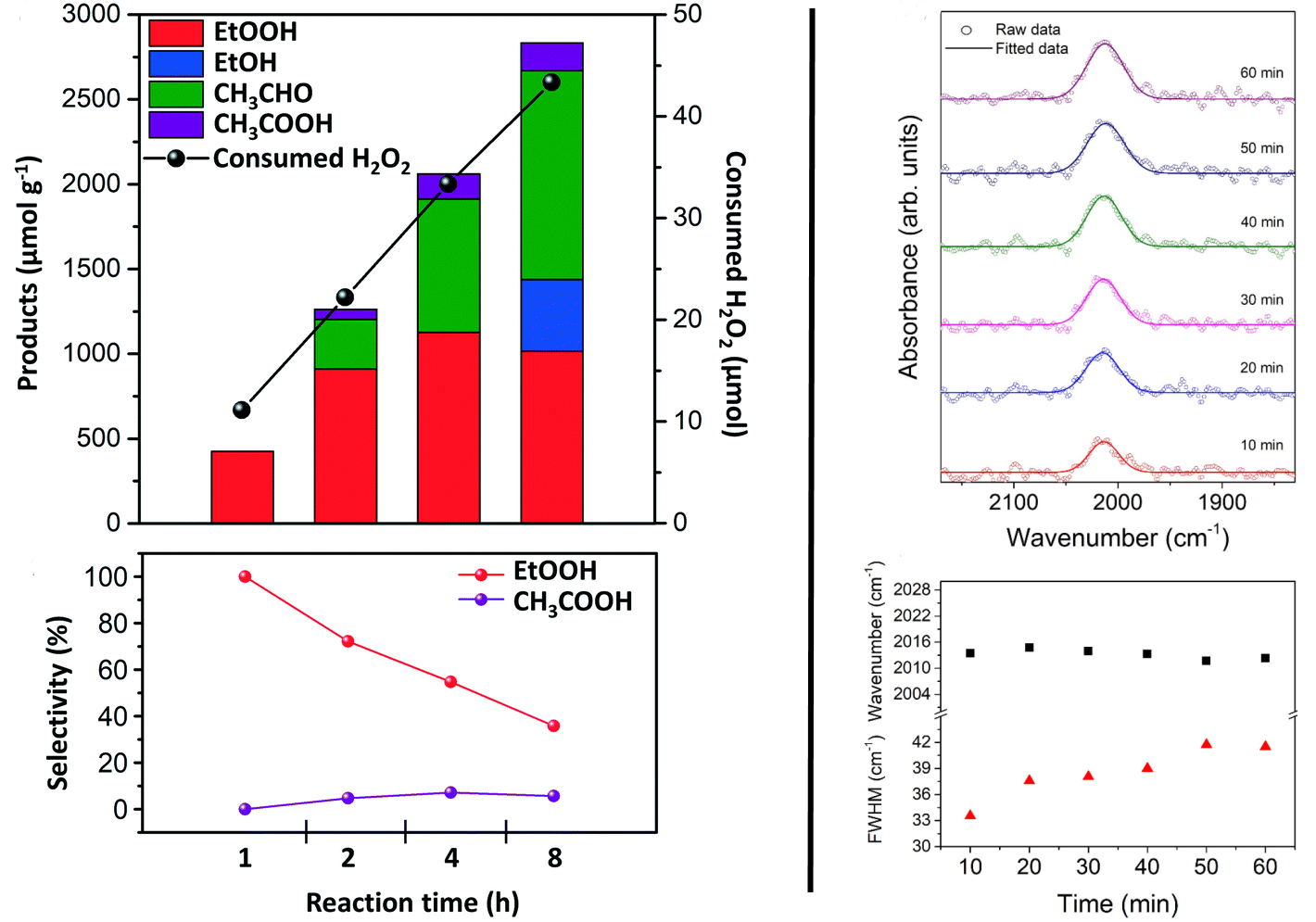Low-temperature electrocatalytic approaches for liquid-phase light alkane upgrading
Date
March 24, 2022
Related Products
Basicity of binary metal oxide interface influences carbon coupling rates for CO2 and methane co-upgrading to ethylene and syngas
CO2-assisted oxidative coupling of methane produces C2 products and syngas, and thereby serves to simultaneously upgrade powerful greenhouse gases (methane, CO2) and a constituent of natural gas that is underutilized for chemical synthesis (methane)…
Synthesis and characterization of zeolite-supported platinum catalysts with controlled platinum nanoparticle locations
Pt/HZSM-5 is widely used in hydrocarbon conversion, undergoing cycles of operation under reductive conditions followed by regeneration to remove coke. The redox cycling leads to changes in the size and location of platinum nanoparticles in the catalysts…
Theory-experiment exploration of atomically dispersed transition metals on a magnesium oxide support
Atomically dispersed catalysts (ADCs) are promising materials as they allow for efficient utilization of precious metals. However, their industrial use is limited due to a lack of stability under reducing conditions…
Building on mechanisms of heterogeneous catalysis by establishing relationships between adsorbate and near-surface gas phase compositions
Operando an in situ characterization of chemical events occurring on solid catalyst surfaces has become an essential aspect of reaction mechanism development…



